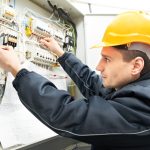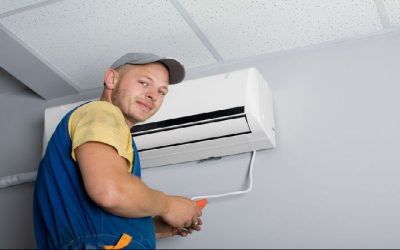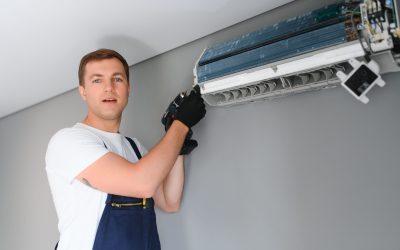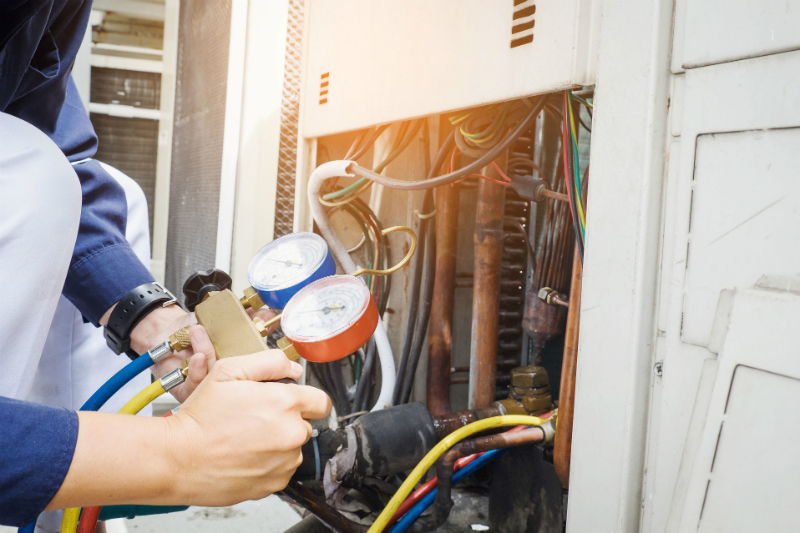Many home-owners do not understand how home air conditioning systems work. Furnaces are not difficult to understand. These devices heat air as well as circulate it around your house in a duct system. Boilers produce steam or hot water and transport it around your house in pipes. Keep reading to find out how air conditioners produce cold and dehumidified air?
An air conditioner is essentially a device which takes heat from within your home and deposits it outside by means of five interrelated components: compressor, refrigerant, condenser, evaporator coil, and expansion valve. There are several different kinds of air conditioning units which can be utilized within the home. These include ductless, central, portable and window air conditioning units. Refrigerant is the liquid which goes through your air conditioning unit under pressure changing from low to high pressure to remove the heat from your home. Refrigerant is a special liquid because it has an extremely low boiling point. This means that it can change from a liquid state to a gaseous state at low temperatures.
The compressor is the part of your system which pumps the refrigerant via all the refrigeration parts in one big loop. Refrigerant gets into the compressor in a state of low pressure and leaves it in a state of high pressure. The refrigerant then moves to the condenser where it is cooled down by air flowing above finned condensing coils. As the refrigerant cools down, it changes from a gaseous state to a liquid state at high pressure. After that, it moves into the expansion valve. The condenser coil, condenser fan and the compressor are all situated within the large noisy box-like thing in your backyard known as a condensing unit.
Your unit’s expansion valve is actually what performs the work of cooling your house. As the liquid hot refrigerant flows through a small opening at very high pressure within the regulator on one side of the expansion valve, it comes out as a cold low pressure vapour on the other side of the expansion valve. The cold, low pressure liquid vapour then moves into the evaporator coil. The hot air in your house blows across your unit’s evaporator coil and warms it up whilst the cold coil removes heat from the air that’s blowing across it and sends it back into your house. Contact Arctic Heating and Air Conditioning for more info about home air conditioning systems.








